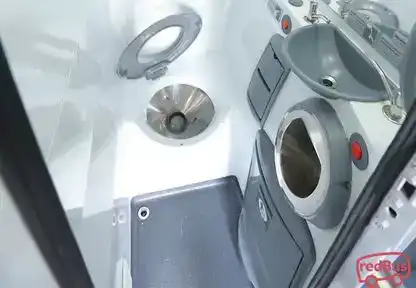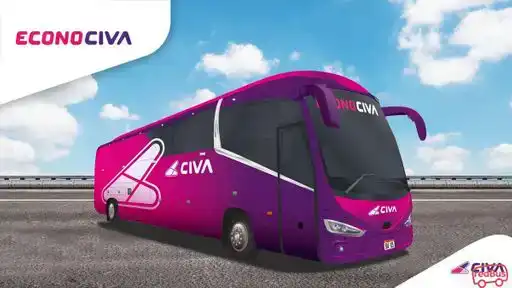Huaura to Trujillo Bus
OUR PROMISE
SECURE PAYMENT
redBus has secure payments and keeps your information and purchases completely safe and secure.
ATTRACTIVE DEALS
Get amazing discounts every time you book with redBus
WIDE CHOICE OF BUSES
150+ Bus companies with 800+ Routes in Perú
Huaura to Trujillo Bus Service
Avg. Bus Duration
:7 hrs 12 mins
Buses depart from
:Huaura
Bus arrives in
:Trujillo
Cheapest Bus
:PEN 80.00
Bus Companies
:2
Earliest Bus
:16:00
Last Bus
:22:22
Daily Bus Services
:2
Huaura to Trujillo Bus Timings & Fare
| Bus Operator | First Bus | Last Bus | Duration | |
|---|---|---|---|---|
| Trujillo Express | First Bus - 13:40 | Last Bus - 13:40 | 6 hrs 45 mins | VIEW PRICE |
Buy Huaura to Trujillo Bus Tickets Online - Unlock Extra Savings with redDeals on redBus
Huaura to Trujillo Bus
Top Bus Operator Images





OTHER BOARDING & DROPPING POINTS IN
Huaura
- Agencia Huaura
Trujillo
- Av Del Ejercito
- Terrapuerto Trujillo
Why book a Huaura to Trujillo bus with redBus?
You can also time-to-time redBus offers while booking your bus tickets online from Huaura to Trujillo. Follow a simple, fast and secure bus booking procedure. This helps save time and also helps to create a joyful travel experience!
About Huaura
About Trujillo
Trujillo was founded in 1534 by Diego de Almagro, under the name “Villa of Truxillo”. With the passing of time Trujillo would consolidate as one of the most important cities of the Peruvian viceroyalty, for being an administrative and commercial center, essential for the colonial system. During the independence period, Trujillo had a relevant role on Peru’s Independence, what gave the surname of “Ciudad Benemérita y Fidelísima a la Patria” (“Meritorious city and Faithful to the Homeland”). Besides that, it was the first city to break free from Spain. During the 19th century, and later that the Moche and Chicama valleys emerged as settlements of the sugar industry and the economy grew, new residents came to the city; mostly were european immigrants, what contributed to the development of a local esthetic, since the constructions took breathing from the neoclassical style.